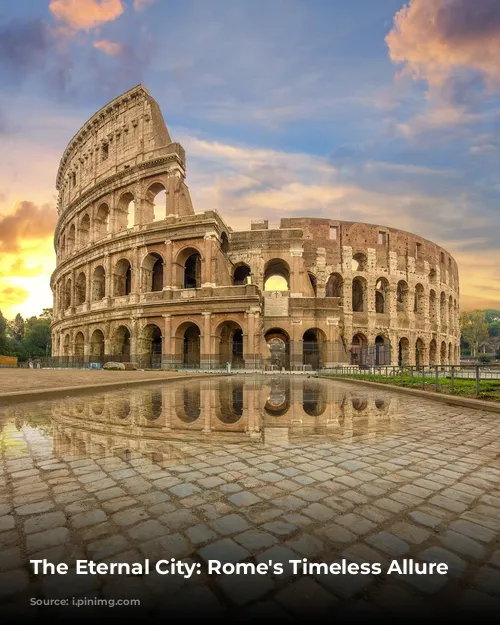Rome, a city steeped in history and brimming with cultural treasures, is a captivating destination that draws millions of visitors each year. The Italian capital sits nestled in the heart of the Lazio region, its sprawling landscape embracing the Tiber River (known as the Tevere in Italian).
Did you know? While Rome’s city center sits about 24 kilometers inland from the Tyrrhenian Sea, its territory extends all the way to the coast, encompassing the charming district of Ostia. This vibrant city sprawls across an impressive 1,285 square kilometers, a tapestry woven with green spaces and ancient wonders.
A History that Echoes Through the Ages
Rome’s story unfolds over two and a half millennia, a narrative that began with its legendary founding in 753 BC. This ancient city, one of Europe’s oldest continuously inhabited urban centers, boasts a legacy that has shaped the course of Western civilization.
The Eternal City, as it’s known, has witnessed the rise and fall of empires. It was once the powerful capital of the Roman Kingdom, the Roman Republic, and the Roman Empire. These empires left behind a treasure trove of architectural marvels, testaments to Rome’s enduring influence.
The city’s relationship with the Papacy is equally compelling. Since the 1st century AD, Rome has been the seat of the Papacy. In the 8th century, it became the capital of the Papal States, a period that lasted until 1870. In 1871, Rome assumed its role as the capital of the Kingdom of Italy, and in 1946, it became the capital of the Italian Republic.
A Tapestry of Artistic Grandeur
After the Middle Ages, Rome embarked on a remarkable transformation, guided by the vision of popes like Nicholas V, who sought to establish the city as the world’s artistic and cultural hub.
This vision blossomed into a vibrant Renaissance era, placing Rome alongside Florence as a leading center of artistic expression. The city then became the cradle of the Baroque style, a captivating artistic movement.
Masterpieces like St. Peter’s Basilica, the Sistine Chapel, Raphael Rooms, and St. Peter’s Square were born from the creative genius of renowned artists and architects like Bramante, Michelangelo, Raphael, and Bernini.
A Global City Embracing the World
Today, Rome stands as a global city, a dynamic hub that attracts millions of visitors from across the world. In 2011, it was the 18th most visited city globally, the third most visited in the European Union, and Italy’s most popular tourist destination.
The city’s historic center, a UNESCO World Heritage Site, is a treasure trove of architectural wonders and cultural experiences. The Vatican Museums and the Colosseum, two of the world’s most visited tourist attractions, draw millions of visitors annually.
Rome also played host to the 1960 Summer Olympics and is the headquarters of the United Nations’ Food and Agriculture Organization (FAO).
Observing the City’s Transformation from Above
Landsat 5 and 8 satellites have captured a glimpse into Rome’s evolution over 24 years, showcasing the city’s impressive urban expansion, particularly in the north-east area.
These images highlight the dynamic nature of Rome, a city that constantly adapts and evolves while preserving its rich historical heritage.
Discover Rome’s story through the lens of satellite imagery!
Access Landsat data through ESA portals, where images captured daily are made available to the public and scientific community in near real time.
Download high-resolution Landsat data for free at: [link to data]
Rome, a timeless city where history and modernity intertwine, continues to captivate the world with its enduring beauty, cultural richness, and captivating story.
